Among the impressive number of fabrics on the market, flannel, which has been successfully used for several centuries, occupies a prominent place. This is due not only to the positive properties of this material, but also to its many varieties offered by manufacturers. This combination naturally attracts the attention of potential buyers, which regularly finds its practical confirmation.
What it is?
The material under consideration is a wool, half-woolen or cotton fabric, which is characterized by the presence of a rare pile-pile. The latter can be either one- or two-sided, but its first variety is much more common. The earliest mention of flannel dates back to the 17th century - the time when it became widespread in Wales. In the old days, this fabric was made from woolen yarn, and later in its manufacture began to use thick cotton thread and other components.
As for the name of the described material, the researchers interpret its origin in different ways. Some point to the old French word “flaine,” meaning “blanket,” while others prefer the explanation that the term “flannel” is borrowed from the Welsh language and translates as “wool fabric”. It is easy to see that both options have a right to exist, each of which is associated with softness, warmth and comfort.
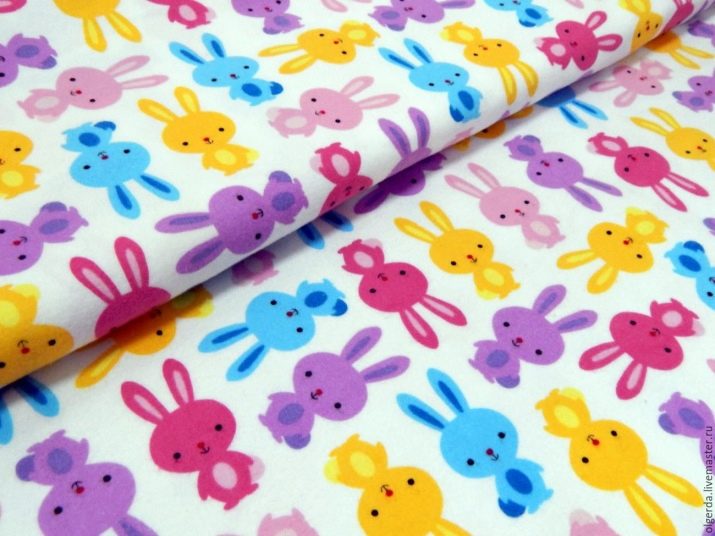
Regardless of the specifics of its composition, the flannel is characterized by the following key features:
- the use of twill or linen variety weave;
- significant density, not providing for the presence of a gap between the threads;
- fluffy pile, causing a pleasant sensation when touched.
At first, products from the fabric in question were not cheap, and therefore were available only to rich people. The development of machine production significantly reduced its cost, so that most interested parties could sew flannel clothes. In Russia, this material gained popularity in the 18th century under Peter I, who decided to use it for uniforms of soldiers of his army.
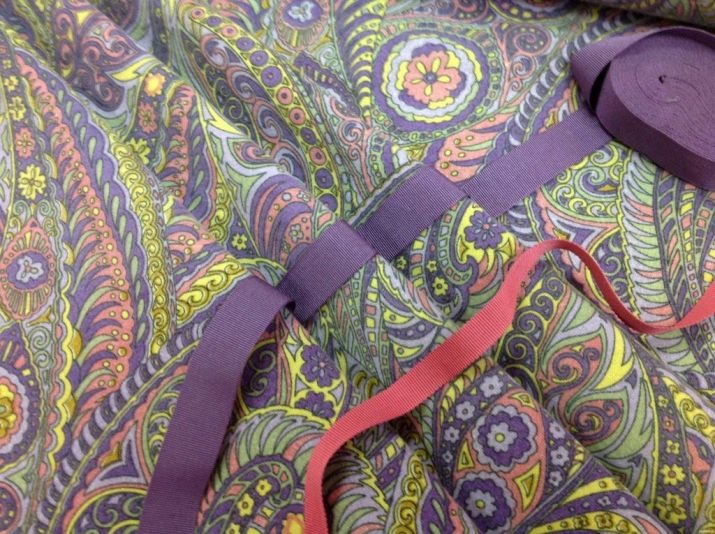
Structure
Depending on the specifics of the components used, 3 main types of the described fabric are distinguished - woolen, half-woolen and cotton. The first appeared earlier than others and dominated the market until the end of the 19th century, and the wool of domestic sheep acted as a raw material for its production. In the XX century, flannel began to be obtained from another popular raw material - cotton, if necessary, adding synthetic components to it.
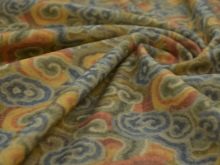
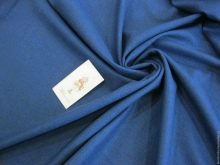
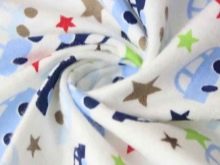
Currently, the cotton form of the described fabric is the most common. Combined options involving the presence of artificial additives are also in demand. An example is viscose fiber, which is a product of the processing of natural cellulose. The presence of this component gives the products a spectacular shine, and its content can reach up to 20% (the specific value is determined by the manufacturer).
In addition, the flannel is made from wool mixture. The first component of this material is clear from its name, and the second most commonly mentioned is cotton. Many textile workers prefer other additives - for example, a combination of silk and viscose, which allows a durable fabric with an excellent appearance.
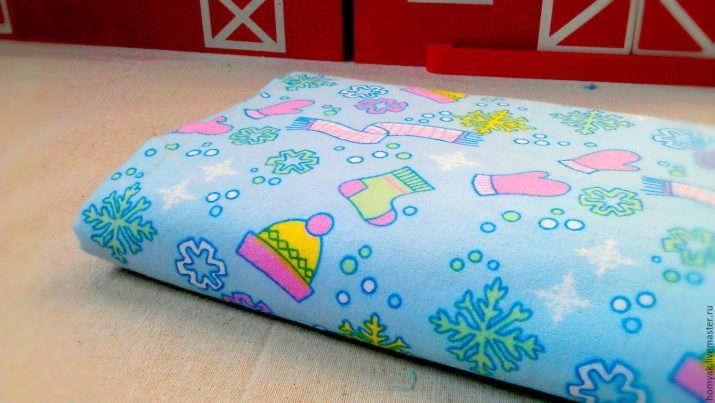
The properties
The material under consideration has a number of remarkable qualities.
- Pleasant to the touch surface. Due to the presence of soft loose pile, flannel is one of the most delicate fabrics. This advantage is especially true for young children who least of all love “biting” materials.
- The ability to retain heat. Flannel products allow you to warm yourself with minimal time costs, reliably protecting their owners from overcooling. Given this quality of the described material, experts attribute it to the winter category, which is confirmed by the traditional classification of fabrics.
- High strength. This property is explained by the composition of the flannel and the density of weaving of its threads (from 170 to 260 g / m²), which provide resistance to strong mechanical stresses.
- Good breathability. This fabric belongs to the "breathing" materials, providing the optimal gas and humidity composition of the clothing space. For this reason, flannel products are suitable for swaddling babies whose skin is extremely sensitive.
- Resistance to wear. Experience shows that the fabric under consideration is not afraid of frequent bending, friction and tension, and therefore it can be used for many years.
- Unpretentiousness. Caring for products made of flannel is quite simple, which is primarily relevant for its cotton variations. The presence of wool in the fabric requires more caution, but also does not differ in particular complexity.
- Safety for health. The described material does not provoke the development of allergic reactions and other irritations of the skin.
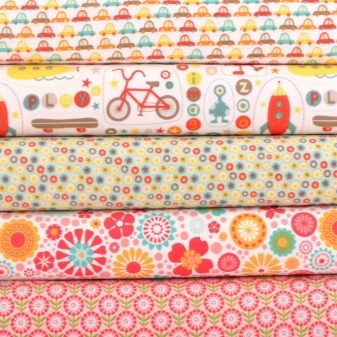
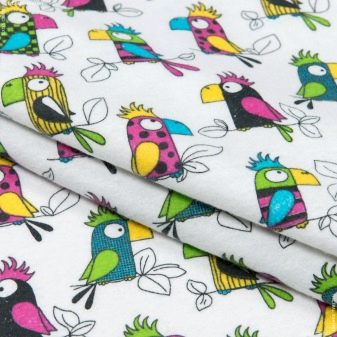
As for flannel flaws, their list is as follows:
- abrasion of the pile, manifested over time (this does not affect the strength of the material);
- high hygroscopicity, due to which the fabric dries longer than most consumers would like;
- tendency to crush certain types of flannel (while they are easily smoothed out).
In addition, the presented material sits after washing in hot water (provided that it is natural).
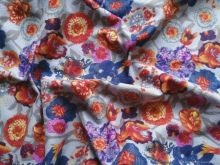
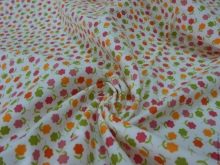
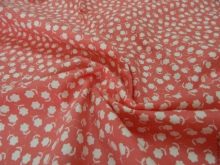
Varieties
There are several types of flannels that differ from each other in the way the coloring is applied.
- Harsh. Unpainted version of the canvas, most often used for technical needs.
- One-colored. A fabric created from pre-dyed threads.
- Stuffed. Material characterized by the presence of a pattern on one side.
- Bleached. The most popular type of flannel, used both without dyes, and for further printing on it.
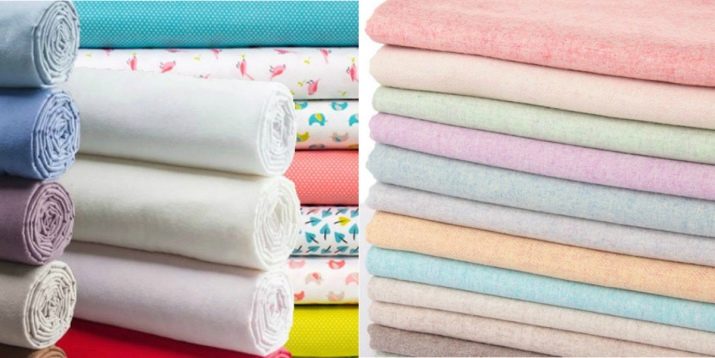
Special attention should be paid to woolen and half-woolen variations of the fabric in question, which can be combed and worsted. The manufacture of the former involves combing out short fibers, while the latter undergoes additional processing, which gives them special softness.
It is also necessary to mention two other popular varieties of the described material - shirt, with a checkered or striped pattern, and negligent, allowing a variety of external design options. White-earth flannel is also in great demand, a characteristic feature of which is the presence of a small print - children's toys, fairy-tale characters, flowers, miniature inscriptions on a white main background.

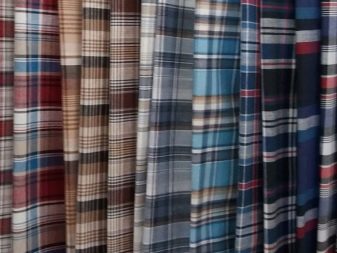
Comparison with other materials
Despite the fact that sometimes a flannel is identified with a bike, there is a very significant difference between these fabrics. The first material is thinner and softer, and the second is characterized by significantly greater hairiness and surface density of the canvas. The value of the latter for the flannel is about 215 g / m², while for a bike it exceeds 350 g / m². In addition, the second of the tissues under consideration always has a pile on both sides, which is one of its characteristic features.
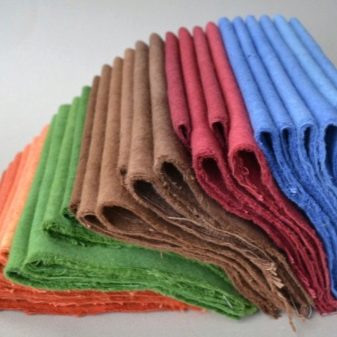
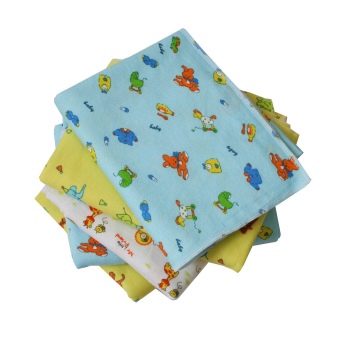
Another material classified as insulated is boomasea. By its properties, this cotton fabric is very close to the flannel, but differs from it in a slightly larger thickness and density. In addition, a characteristic feature of the boomasea is a pile on one side - usually the wrong side.
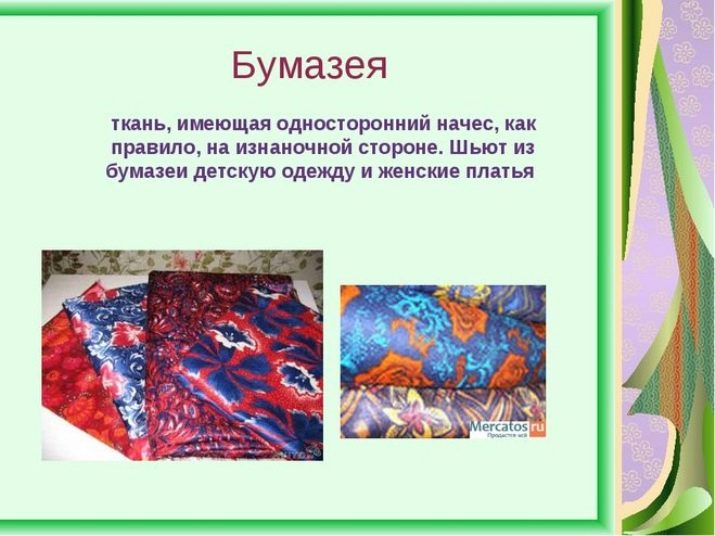
The fleece is also worth considering, the main difference from the flannel is its origin: it is made from polyester fibers, and therefore belongs to the synthetic category. Its other feature is the ejection of moisture outside, rather than its absorption, which makes it especially popular among athletes, tourists, fishermen and hunters.
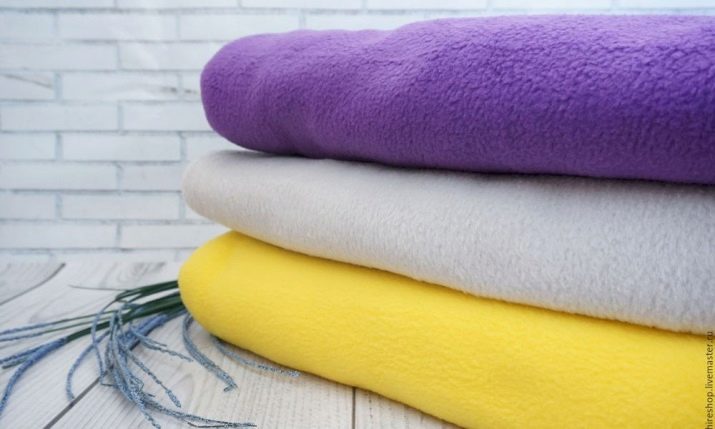
The fourth material, which is very similar to the flannel in terms of characteristics, is the flannel, also called winsiett - the same fluffy, but slightly lighter and softer. By origin, it can be half-woolen or cotton, and the items that are most often made from it are bedding sets. They organically combine softness and the ability to store heat, and therefore are ideal for cold nights, guaranteeing maximum comfort to their owners.
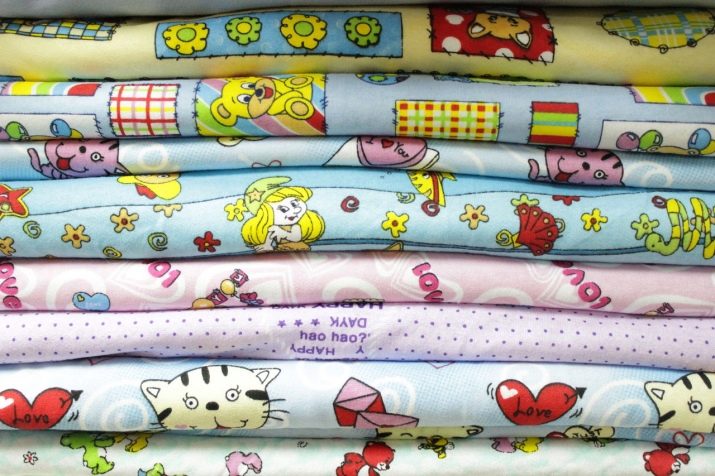
How to use?
One of those tasks for which the flannel is most often used is the manufacture of children's underwear. In most cases, a printed variety of this material is used for this, which makes it possible to negate the effect of dyes on the skin of the child.
If we highlight children's products for which the use of flannel is most relevant, then these are diapers. Due to the properties of the fabric in question, they turn out to be very warm and soft, which is of paramount importance for any baby.

Also, depending on the variety of flannel, many other popular products are sewn from it:
- bleached - first of all, bedding;
- one-colored - coats, suits and other plain clothes;
- shirt - insulated products that are in demand among lovers of an informal style (the most popular are shirts in a cage);
- negligent - as a rule, women's bathrobes and dresses;
- harsh unbleached - objects for wiping, as well as products used for pasting the hammers of the piano and other percussion parts of musical instruments.

As for the composition of the flannel used, skirts, dresses, trousers, scarves and wraps are most often made from woolen and semi-woolen varieties, and bed linen and home clothes are made from cotton.
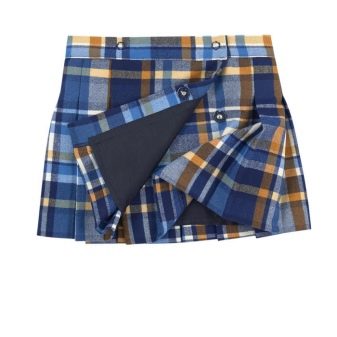
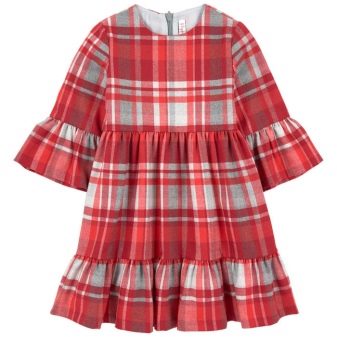
How to care?
In order for flannel products to please their owners as long as possible, the latter should pay due attention to the care of them. For the cotton variety of this fabric, it provides for the following recommendations.
- It is advisable to carry out the first wash in cool water, and the next wash at a temperature of 60-90 ° C.
- To give the products maximum softness, they must be rinsed with glycerol (the optimum concentration is 1 tbsp. Per 10 liters of water).
- It is reasonable to refuse the use of chlorine and other aggressive whitening components in order to avoid weakening of the tissue fibers.
- Mashing stains can lead to premature rolling of the pile. The best solution in such situations is the use of delicate products that remove contaminants without strong mechanical stress.
- It is desirable to dry the products in the shade, avoiding direct sunlight. In addition, it is worth abandoning the use of heated towel rails and heating radiators.
- Ironing of the fabric should begin from the wrong side, setting a moderate temperature of the sole of the iron.
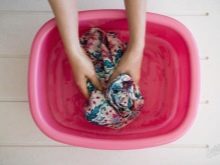


If the product material is wool flannel, the following conditions must be observed:
- washing with emollients at temperatures up to 40 ° C;
- refusal of friction and twisting;
- rinse with the addition of 1 tbsp. l vinegar
- drying in a well straightened form;
- ironing using steaming or water-soaked strips.
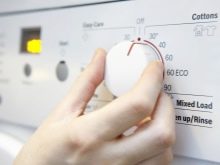
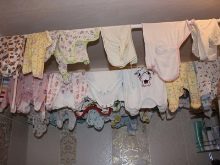
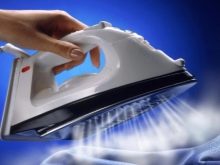
In addition, the owner should familiarize themselves with the product care information given in the manufacturer's description.
In conclusion, it remains to state that the consistently high popularity of the flannel is justified by the mass of advantages of this material, many times greater than the number of its shortcomings. Such a fabric will always be in demand, due to its relevance to most potential consumers.
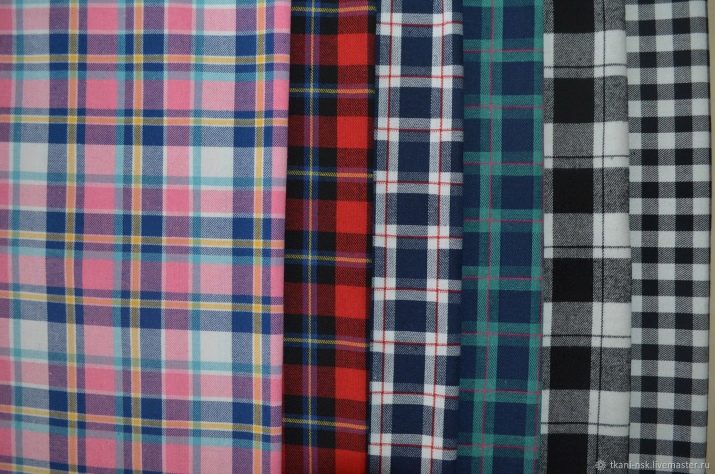
Video review of the fabric, see the video below.










